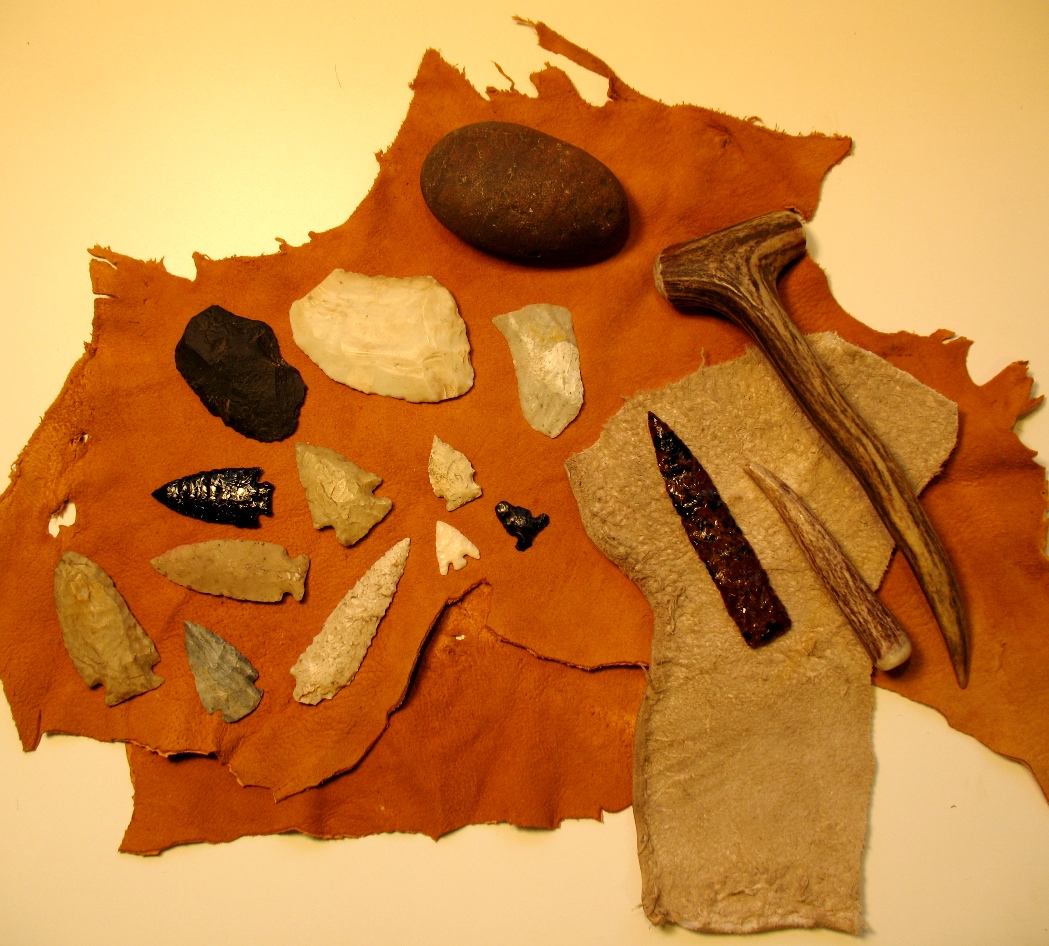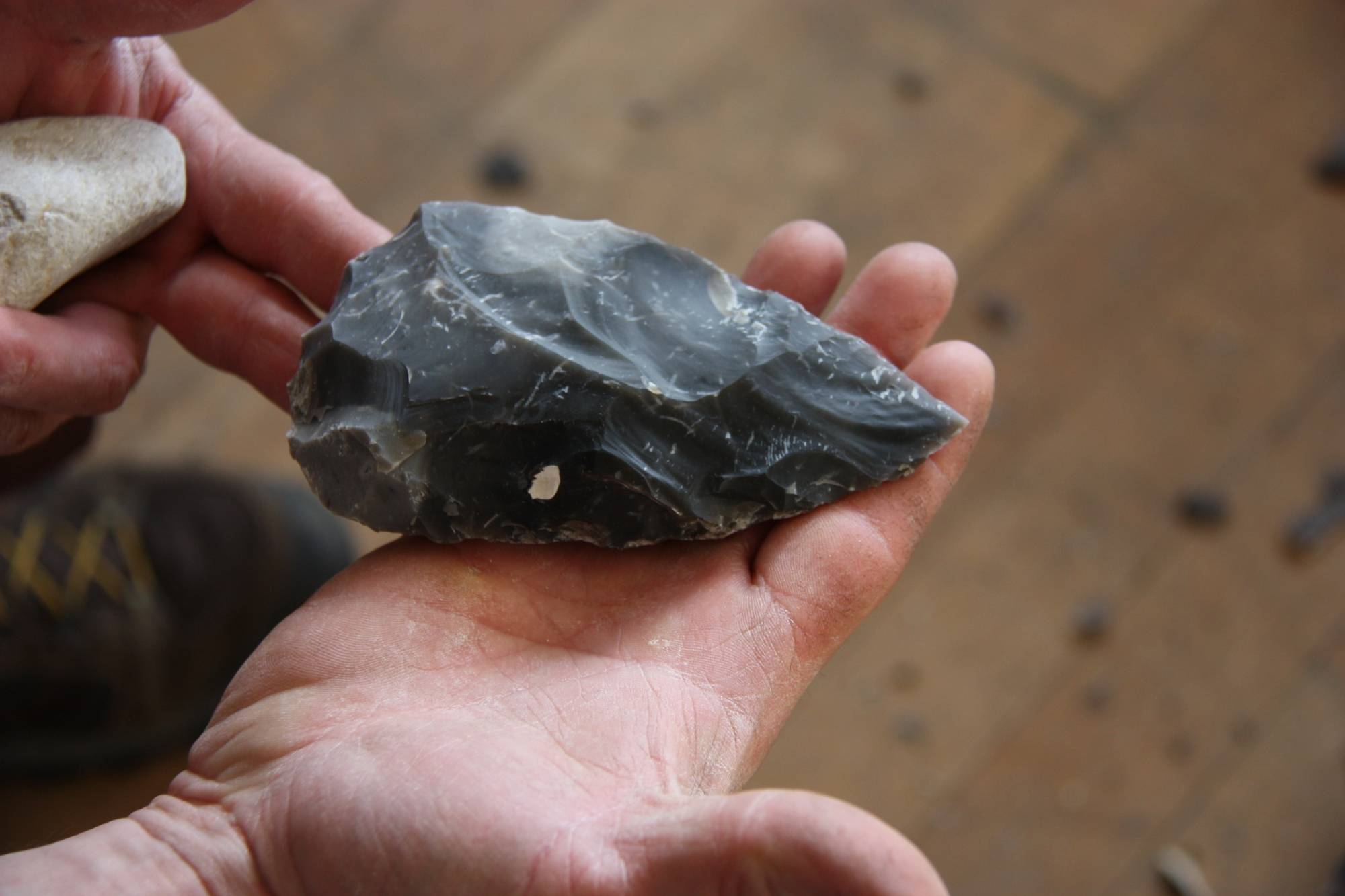
Hardwoods will be better than softwoods, which tend to be impractical.

It is important to have a variety of sizes for different jobs, and to experiment with different materials.įinding broad enough material is a challenge (especially if buying, good antlers can be very expensive). The end should be rounded, but not to broad, otherwise precision will be difficult. They are generally long, club-like billets, made for swinging and momentum. Billets and Soft HammersĪny percussion/hitting tool not made of stone is a soft hammer, because in comparison, wood and antler (the two most common choices) are soft. This is less comfortable in the long run because it reduces back-shock into the hand if the flint doesn’t break and the hammerstone can’t follow through. This is not the most natural grip (also shown below: How not to do it), but holding the stone without a forefinger over the top will reduce control and effectiveness, (because the forefinger stops it from bouncing away from the flint): You should hold the hammerstone with your thumb curled around the front, your forefinger over top and the other three fingers securing it from the back (normally only the ring finger actually makes contact with the stone but find what works for you): Near-spherical stones are awkward to hold and so pack little punch, closer to egg shaped is best. If possible find one like in the picture below, with a round end and a slightly flattened end where the forefinger can go. The best hammerstones are made from medium to coarse -grained rock like granite or quartzite, rounded and small enough to fit comfortably into your hand. Never forget, flintknapping is an exercise in hoping that bashing two rocks together in a special way will somehow make an tool! Tools of the Trade Hammer Stones The best quartered flakes are larger than you might think, leaving room for things to go wrong with the knapping and still turn out a decent tool. All of the techniques outlined below will work on a larger scale for quartering. If the colour is regular (the richer and darker the better) and you can’t see any obvious cracks or splits which could indicate water damage, then you’re good to go.īreaking up the flint into smaller parts (called ‘quartering’) is a good idea for transportation, and sorting out flakes for different uses. This should produce a window on the flint inside. Once a suitable boulder is found, use a hard hammerstone (not another piece of flint but something hard like granite) to knock off a nodule from the outside. When finding and selecting flint, discard any whole boulders with no bulges or nodules on them, as they will be very difficult to get into. Putting glass aside, this guide will assume you are using flint (which will sometimes be referred to as ‘rock’ or stone’) because it is the best and most common knapping material. In a survival situation, being able to knap arrowheads and knives from broken bottles may even be more appropriate or useful than flint if you are in an urban area.
Flint knapping free#
This is because glass is conchoidal, like Flint, Chert, Obsidian and many other rocks, and knappers often use glass for practice, especially as they are first learning, because it is free and easily available. Think of the waves and arcs in the edges of broken glass and you’ll understand. The geology is interesting but not very useful here, essentially a rock is conchoidal if it breaks on a certain way struck.

In fact, any stone can be knapped since any stone can be broken down into small parts and used as simple tools, but those which can be shaped best are conchoidal rocks. Flint with significant impurities is called Chert and can make beautiful arrowheads and knives just like any other knappable stone. It is worth knowing from the start that flint is not the only knappable material. Why Learn Knapping? Flint (and not flint)


 0 kommentar(er)
0 kommentar(er)
